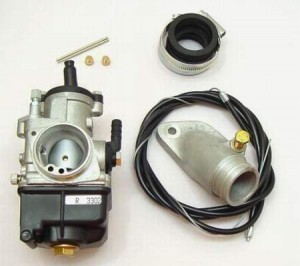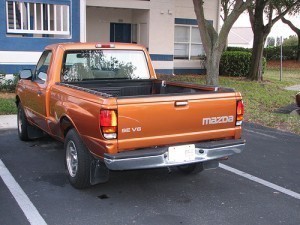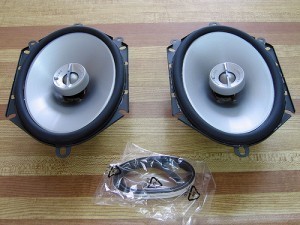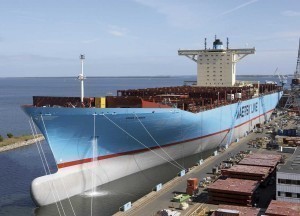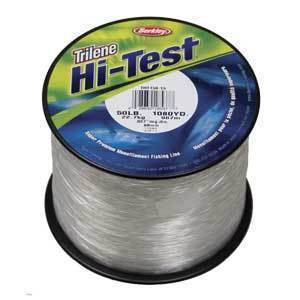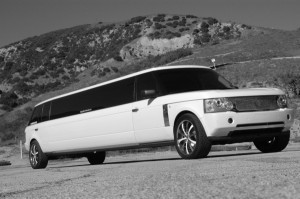Car Chassis Dimensions
Car chassis dimensions and specifications differ for regula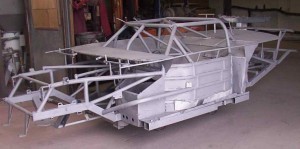 r cars and those used in motor racing. The following is the chassis for the IndyCAR racing cars. Note that chassis in this case refers not just to the framework but also includes the engines.
r cars and those used in motor racing. The following is the chassis for the IndyCAR racing cars. Note that chassis in this case refers not just to the framework but also includes the engines.
IndyCAR Car Chassis Specifications
The length must be 192 inches at the very least. The weight is 1,565 pounds (691.7 kg) minimum for the oval tracks. For the road circuits, the minimum weight is 1,630 pounds (725.7 kg). This includes the coolants and the lubricants. This excludes the driver and fuel.
The minimum width is 78.5 inches maximum and 77.5 inches at the minimum. The measurements are taken outside rim to rim. The height of the IndyCAR car chassis is around 38 inches. Based on the existing IndyCAR car chassis dimensions, the wheelbase must measure 121.5 inches up to 122 inches.
The material being used are Kevlar, carbon fiber and others. Regardless of the car chassis, there is a cockpit, front suspension, and fuel cell. The engine has to be an integrated part of the chassis.
The rear section contains the gearbox, rear suspension and bellhousing. Like other formula motor cars, the type is open wheel, one seat and open cockpit. There are outboard wings at the rear and front.
Wheel Size and Tire Specifications
The wheel size is 15 inches in diameter on the front and 10 inches wide. At the rear section, it is 15 inches in diameter and 14 inches wide. The existing IndyCAR car chassis dimensions specify the front tires have a maximum diameter of 26 inches (the minimum being 25 inches at 35 psi).
The rear diameter has a maximum diameter of 27.5 inches; the minimum is 26.5 inches at 35 psi. The gearbox specs are mega-line assisted gear shift (paddle-shift) and 6 forward manual gears.
The IndyCAR Engine
The engine used is 3.5-liter (183.07 cubic in, 32 valve), V8 equipped with a dual-overhead cam. The bore diameter can be 93 millimeters maximum (4 crankshafts, 4 valves for every cylinder). The engine must weigh 280 pounds at least (dry weight).
The car chassis dimensions state there should be no headers, filters, clutch or spark box. The RPM is 10,300 (maximum) and the power output is 650 hp (485 kW).
The Future
There are plans to remodel and redesign the engine. If the agreement among manufacturers pushes through, the new engines will be 4-stroke with reciprocating pistons. The engine capacity will be restricted to 2 L and turbo charger systems will be allowed.
Direct injection systems will also be allowed. The league is also looking at alternative fuel options. Succeeding engine designs should also allow for 3,750 miles (6000 km) life in-between reconstruction.
The new engine and chassis may allow for V6 engines and 4 cylinder inline to be mixed. Allowing turbo charge will give the cars a lot more horsepower on the street circuits. This will also reduce the hp on the oval circuits.
Of course, modifications to IndyCAR car chassis dimensions and specs have to be approved by teams and officials.
